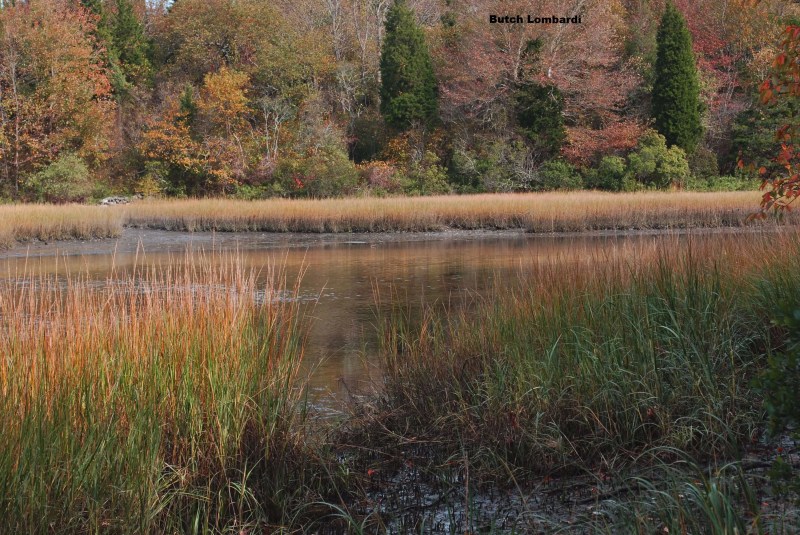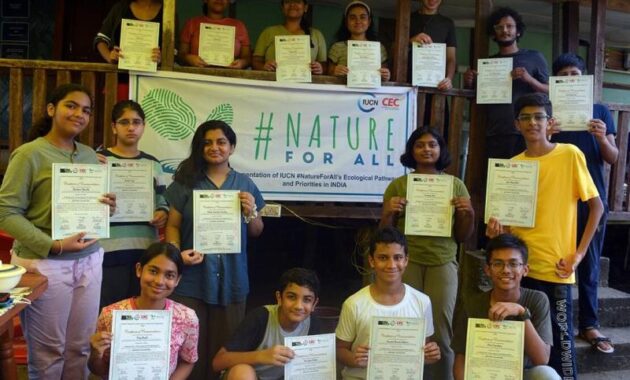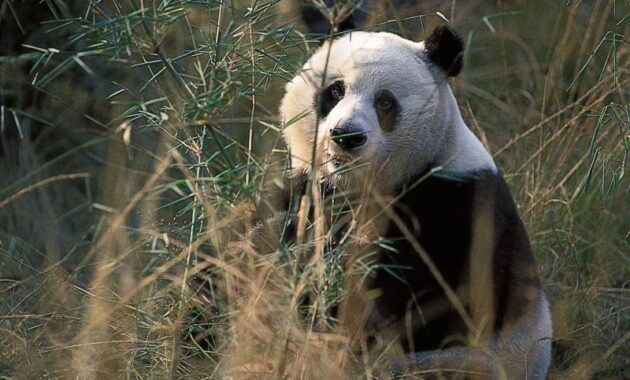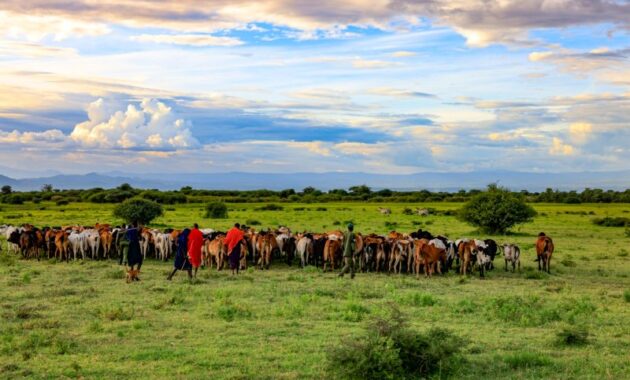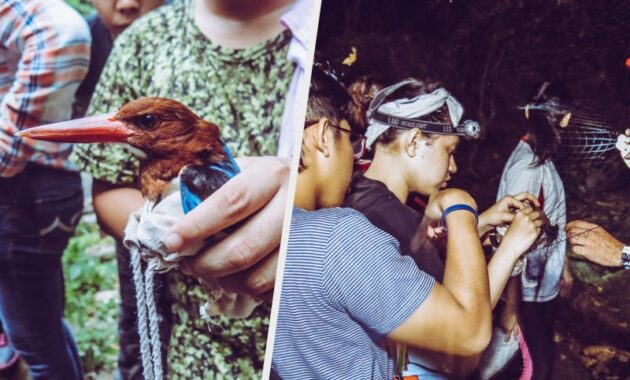Conservation Of Natural Habitats – Saint Kitts and Nevis, a twin island nation, is not only a scenic beauty, but also a biodiversity hotspot facing major environmental challenges. Conservation measures here are not just an option, but a necessity to maintain an ecological balance that benefits nature and society. These efforts range from protecting marine ecosystems to maintaining terrestrial biodiversity, each requiring unique strategies and local engagement.
Nevis’ marine ecosystems are under constant threat from pollution, overfishing and climate change-related impacts. These factors threaten not only delicate coral reefs, but also many species that depend on these habitats for survival. Protection of these aquatic ecosystems includes initiatives aimed at reducing pollution sources, regulating fishing practices, and promoting coral restoration projects that help restore and “conserve marine biodiversity.”
Conservation Of Natural Habitats

On land, Nevis faces challenges from habitat destruction due to urbanization, unsustainable agricultural practices and illegal mining. These activities not only threaten the flora and fauna of the earth, but also disrupt the ecological dynamics that are essential for the maintenance of biodiversity. Conservation strategies here include a combination of strong policy enforcement, habitat restoration and community-led conservation programs. These initiatives are designed to reduce habitat loss, promote sustainable land use and strengthen ecosystems against the effects of climate change.
The Sacred Groves C.i.c.: Protecting Natural Habitats
Climate change is having a significant impact on Nevis’ natural habitats. Rising temperatures and changing precipitation patterns affect biodiversity in a number of ways, from changing species distributions to affecting breeding patterns and food availability. To combat these challenges, conservation efforts include establishing protected areas, promoting biodiversity-friendly agricultural practices, and implementing soil and water conservation techniques that help maintain habitat function even under changing conditions.
Community involvement in Nevis’ conservation efforts is extremely important. By involving local communities and stakeholders, conservation programs ensure that the benefits of biodiversity conservation are widely and sustainably shared. Initiatives such as ecotourism, sustainable agriculture training, and community-led research programs help foster a conservation ethic among residents, which is critical to the long-term success of environmental conservation efforts.
Looking ahead, Nevis aims to integrate conservation efforts into broader national development plans. This includes integrating biodiversity conservation into sectors such as tourism, fisheries and agriculture to ensure that economic development does not come at the expense of environmental health. In addition,
Nevis is working to increase data collection and research to better understand and address the consequences of biodiversity loss. The purpose of this research is to formulate targeted actions that will effectively address key conservation challenges.
Conservation efforts in Nevis are extensive and designed to address the multifaceted challenges facing ecosystems. Through a combination of scientific research, public participation and policy integration, Nevis strives to protect its natural habitats, ensuring that its biodiversity is preserved for future generations. responsibility for the health of the planet.
Things You Can Do To Protect The Natural World
Nevis’ conservation strategies place a strong emphasis on the protection of its endangered species. This includes the sea turtles that nest on its shores, the native Nevisian monkey and rare plant species found only in the island’s special microclimates. Efforts to protect these species include strict enforcement of wildlife laws, habitat conservation, and public education programs to raise awareness of the importance of biodiversity.
Habitat restoration is a key component of Nevis’ environmental strategy. Projects such as mangrove forest restoration and contaminated land reclamation are being implemented. These efforts not only restore ecological function, but also help provide natural barriers against natural disasters such as hurricanes, which are common in the area. Restoration projects often involve local communities, providing them with employment opportunities while instilling conservation values.
The management of water resources is essential to preserve the biodiversity of the island. Nevis works to improve water management practices by investing in sustainable water use practices that include rainwater harvesting, wastewater treatment, and restoration of natural water bodies. This helps sustain the island’s water-dependent habitats and species that are critical to maintaining the health of terrestrial and marine ecosystems.

Despite several initiatives, conservation in Nevis faces challenges such as limited funding, the need for more comprehensive data to guide policy, and the global impact of climate change. However, these challenges also create opportunities for innovation and international cooperation. Lessons learned from the Nevis approach include the importance of combining traditional knowledge with modern science, as well as the benefits of involving local communities in conservation efforts.
Protection Of Habitat And Natural Resources
Nevis’ conservation efforts are part of a broader global effort to preserve the planet’s biodiversity. Island strategies contribute to international biodiversity targets and demonstrate the role that small island states can play in global conservation. Partnerships with international conservation organizations and participation in global environmental agreements enhance Nevis’ ability to protect its natural heritage.
In conclusion, the protection and preservation of Nevis’ natural habitats is central to the island’s environmental and economic sustainability. By combining local action, international cooperation and community involvement, Nevis is making great strides in conservation. These efforts not only protect the natural beauty of the island, but also ensure a sustainable future for its people.
This comprehensive review covers the nature and scope of Nevis’ conservation efforts to inspire local and international readers to recognize and support the important role of biodiversity conservation in achieving ecological and economic sustainability. Maintaining a focus on science-based strategies, community participation and international cooperation, Nevis is a model of environmental stewardship. , restore or protect. However, sustainability requires all three concepts to work hand in hand to be effective in any field.
As a refresher, let’s look at what each of these concepts mean and how they can ultimately interact to create stronger and more resilient climate change solutions.
Nature Conservation Foundation
Preservation is essential so that we do not lose what is with us. It aims to protect biodiversity, which is under serious threat. The two main goals of conservationists are to protect an already declining population of a species from further decline (ie, conservation) and to increase the number of an already declining population (ie, conservation).
It’s quite easy to confuse the terms “conservation” and “conservation” because when you read them, there is very little difference between them. But as concepts and in practice they are completely different. Conservation protects the ecosystem by using natural resources wisely. Conservation protects the environment from destructive human activity. If we take the forest as an example, this would mean implementing sustainable logging practices. Protection would mean declaring all or parts of the forest off-limits, such as a nature reserve.
Simply put, conservation aims to make good use of nature, while conservation seeks to protect nature from exploitation. Conservation is often done one species at a time and focuses on the population level of that species more than anything else. With conservation, human involvement is mostly always limited to protecting the area from human development so that the rhythms of nature can freely take the helm without interfering with humans.

The native earth movement is a great example of interconnected conservation that benefits not only the planet, but also the people who nurture and feed it. The movement emphasizes restoring a direct, symbiotic and sustainable relationship with the planet.
Explore A Smart Way To Work For Nature
Where conservation and preservation aim to prevent and protect against permanent damage, restoration aims to repair the damage that has been done. The goal of ecological restoration is to restore, initiate, or accelerate a disturbed ecosystem. “Disturbance” can be caused by logging, intensive grazing, hurricanes, deforestation, land abuse, or fires.
Restoration activities aim to reproduce the ecosystem before it was disturbed or to create a new ecosystem where none existed. If we were to go back to the forest example we talked about earlier, restoration would mean planting more trees of the same species to restore balance.
Reform and conservation offer complementary advantages despite their different histories and approaches. Depending on the project, one may come before the other. For example, in the case of wetlands, restoration may be required to cover the environmental costs associated with the construction of water transfer infrastructure. Then what remains must be preserved.
However, this is easier said than done, as there are a number of challenges to overcome before these concepts can interact to create a positive impact.
For example, as we saw earlier, conservation and restoration often have different goals and processes. Where conservation aims to create protected areas with minimal human intervention, restoration generally requires human intervention in planting and maintaining species within the chosen range.
World Nature Conservation Day 2022: History, Significance, Importance, Theme, Quotes And Messages
Of course, the success criteria are also different. In the case of wetlands, conservation efforts can be successful if the area’s biodiversity value and population increase. On the other hand, wetland restoration can be successful if water quality is improved or erosion is prevented. Although these success criteria are complementary and not mutually exclusive, they should be clearly articulated and outlined at the outset of a conservation restoration project.
The United Nations General Assembly has named the current
Destruction of natural habitats, conservation of natural, conservation of natural resources, conservation of natural gas, conservation efforts have resulted in restoration of some wildlife habitats, conservation methods of natural resources, natural habitats of animals, conservation management of natural resources, conservation of natural resource, conservation of habitats, conservation of natural resourses, conservation of habitats and species regulations
- Conservation Education Programs 2023 - August 19, 2024
- Endangered Species Protection - August 16, 2024
- Wildlife Habitat Preservation 2024 - August 15, 2024

